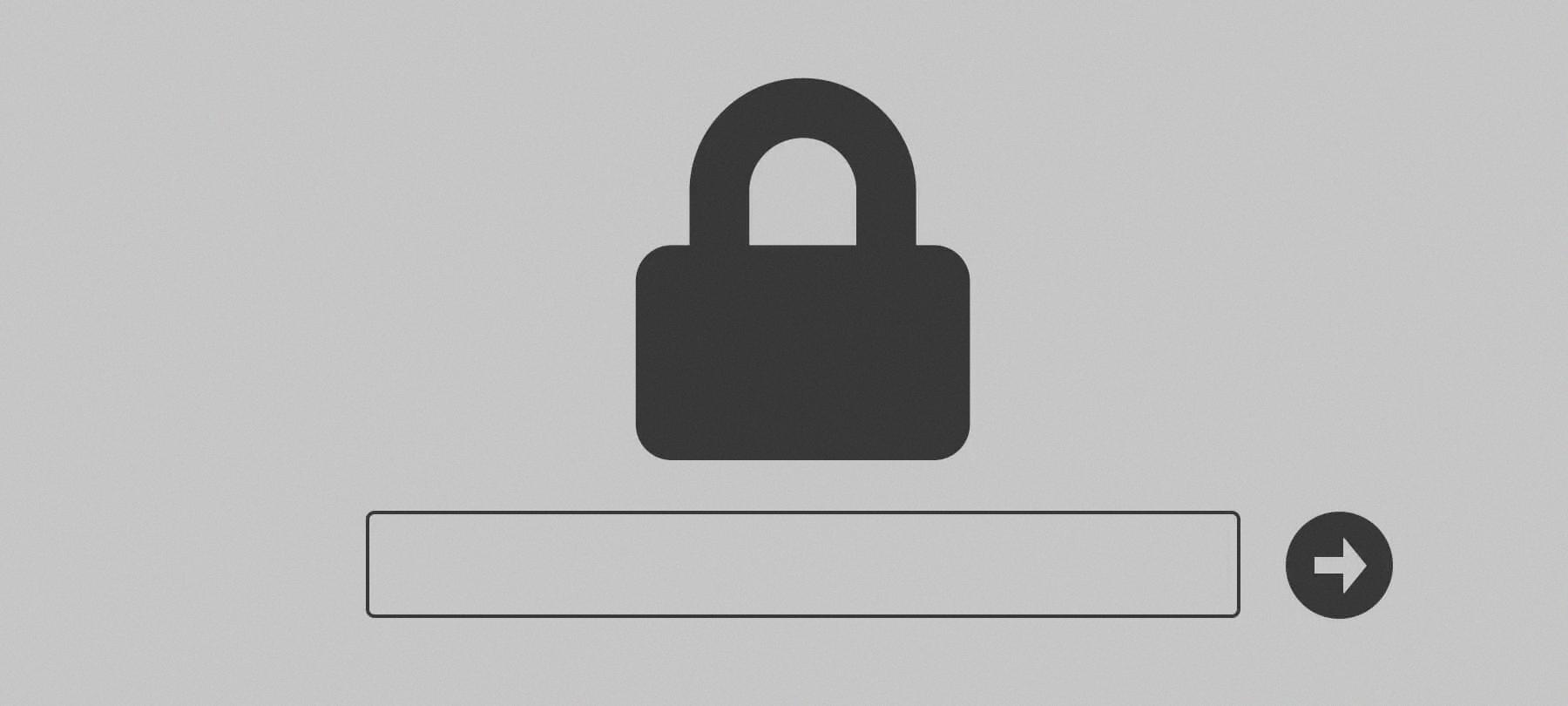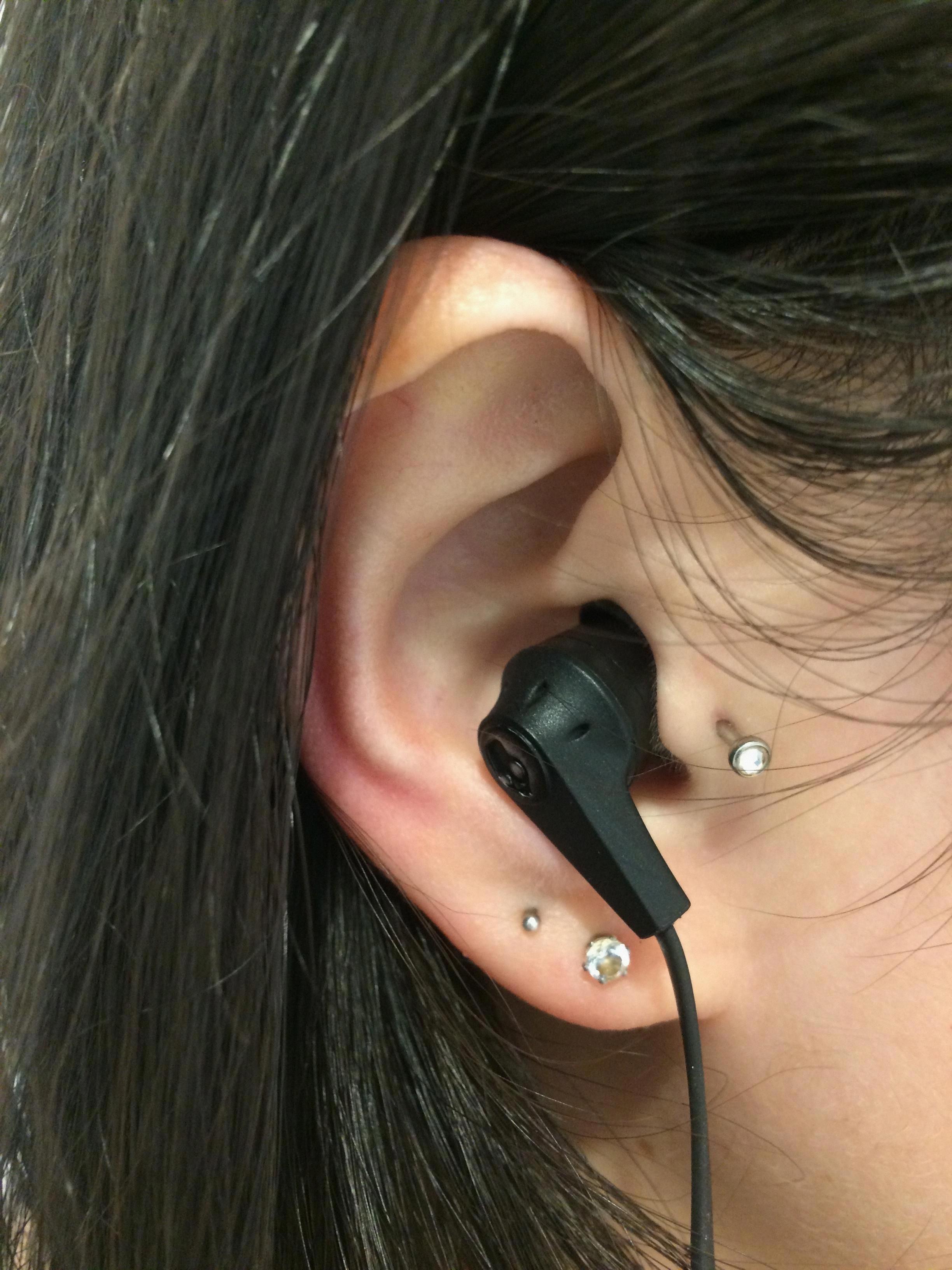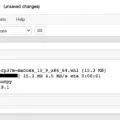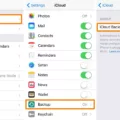Are you looking for a way to turn off the firmware password on your Mac device? Firmware passwords are used to protect your Mac from unauthorized access. They prevent users who don’t have the password from starting up from any internal or external storage device other than the startup disk you’ve selected.
In this blog post, we’ll explain what a firmware password is, why it’s important, and how to turn it off. By the end of this article, you should have a bettr understanding of how to keep your Mac secure without compromising its usability.
What is a firmware password?
A firmware password is used to protect your Mac from unauthorized access. It prevents users who don’t have the password from starting up from any internal or external storage device other than the startup disk you’ve selected. It also blocks the ability to use most startup key combinations. The firmware password is stored in NVRAM (non-volatile random-access memory) and can only be changed by an administrator with access to the Apple ID associated with your Mac computer.
Why is it important?
Firmware passwords are important because they help ensure that only authorized users can access your data and applications on your Mac device. They also provide an extra layer of security if someone attempts to gain access to your computer through physical means, such as removing the hard drive or booting up with an external drive.
How do I turn off my firmware password?
The process for turning off a firmware password varies depending on what type of Mac you have and which version of macOS you are running. Generally speaking, here’s how it works:
1) Start up from macOS Recovery. When the utilities window appears, click Utilities in the menu bar, then choose Startup Security Utility or Firmware Password Utility.
2) Click Turn Off Firmware Password. Enter the firmware password again when prompted.
3) Your Mac will now start up withot prompting for a firmware password each time it boots up!
If this process does not work for you, Apple Support may be able to help remove the firmware password if you can provide proof of ownership for your Mac device (2011-2020 models). They will walk you throgh a process (Shift-Control-Option-Command-S) that will show them a code which they can use to remove the FW password while preserving all of your data and applications intact.
We hope this article has helped povide some insight into what a firmware password is and how to turn it off on most modern Mac devices! If you still need assistance with resetting or disabling yours, feel free to reach out to Apple Support directly for more detailed instructions tailored specifically for your situation!
Turning Off Firmware Password on Mac
Start by restarting your Mac and holding down the Command and R keys on the keyboard. This will bring you to macOS Recovery, where you will see a Utilities window. In the menu bar, click Utilities and select either Startup Security Utility or Firmware Password Utility. Click “Turn Off Firmware Password”, then enter your firmware password aain when prompted. If successful, you should receive a confirmation message that the firmware password has been turned off. To confirm this change, restart your Mac and check that the firmware password prompt no longer appears.

Source: securemac.com
Can Apple Remove a Firmware Password?
Yes, Apple can remove a firmware password. If you have proof of ownership, Apple can remove the firmware password and retain your data for Mac Devices from 2011-2020. To begin the process, start up your Mac while holding down the Shift-Control-Option-Command-S keys at the same time. This will display a code on your screen which you can then provide to an Apple Support agent. The Apple Support agent will then guide you through the process of removing the firmware password and preserving your data.
Understanding Why Mac is Asking for a Firmware Password
When Mac is asking for a firmware password, it means that the Mac has been set up to require your password before it can start up from any internal or external storage device other than the one you have selected as your startup disk. This provides an extra level of security for your Mac and helps ensure that only those with the correct password are able to access any data stored on the device.
Reinstalling MacOS Without a Firmware Password
Yes, you can reinstall macOS without a firmware password. To do this, you’ll need to firt erase your Mac through another device, such as an iPhone or iPad. Once you’ve erased the Mac, it will take you to the Recovery Menu by default. From there, you’ll be able to install a fresh version of macOS without the firmware password. Keep in mind that any data on your Mac will be lost after erasing it.
Does Erasing Mac Remove Firmware Password?
No, erasing Mac does not remove your firmware password. The erasing Mac process is similar to the new M1 Apple Silicon Mac “Erase Mac Process”, but it still allows you to access macOS Recovery after the process so you can reinstall macOS. To remove a firmware password, you need to take your Mac to an Apple Authorized Service Provider or an Apple Retail Store for further assistance.
Does a Mac Have a Firmware Password Automatically?
No, Macs do not automatically have a firmware password. A firmware password is an extra layer of security that can be set on some Mac models. It prevents anyoe from starting up the computer using an external boot device, or using other tools to access the data on the drive. To set a firmware password, you will need to restart your Mac and enter the Recovery Mode by holding down Command + R as it boots up. Then you can open Firmware Password Utility from the Utilities menu and select “Set Firmware Password.”
Bypassing Firmware Lock on Macbook Air
To bypass the firmware lock on a MacBook Air, you will need to boot into Recovery Mode. To do this, turn off your MacBook Air and press and hold the Command + R keys while turning it back on. You should see a grey screen with an Apple logo and a progress bar. Once you are in Recovery Mode, open the Utilities menu from the top of the screen and select “Firmware Password Utility”. Select to turn the Firmware Password to OFF, which should clear any existing locks and allow you to access your Mac normaly again.
Resetting Apple Firmware
To reset Apple firmware, you’ll need to restart your Mac and press the Command-Option-P-R keys simultaneously while your Mac is booting up. Hold these keys down for at least 20 seconds, then release them and let your Mac continue to boot normally. This process will reset the firmware on your Mac and should allow it to start up normally again.
Removing Firmware from an iPhone
To remove firmware from your iPhone, you will need to delete the iOS software update that you have downloaded. To do this, go to Settings > General > iPhone Storage (or iPad Storage, if you are using an iPad). Locate and tap the downloaded iOS software update that you want to remove, then select Delete Update and confirm that you do want to delete it. Once deleted, the firmware will no longer be stored on your device.
Locating the Firmware Password on a Mac
The firmware password on a Mac is located in the device information panel under the Security section. To access this panel, open the Devices view and click on the name of the device you wish to check. The Firmware Password Set parameter will appear with a value of either Yes or No. If it has a value of Yes, that means a firmware password is set on the device.
Conclusion
In conclusion, a firmware password is an effective way of protecting your Mac device from unauthorized access. It prevents users without the password from accessing external or internal storage devices, as well as prevents them from using most startup key combinations. If you ever need to reset your firmware password, Apple Support can help you do this if you have proof of ownership of the device. Alternatively, you can erase your Mac and install a fresh version of MacOS which should remove the FW password.








